#ohaguro
Text

Ohaguro
“In Japan, the blackening of teeth can be dated back as early as the Kofun period. Excavated bones and clay figures, called haniwa, were found showing traces of blackened teeth, hinting at the long tradition of this custom. Throughout the history, ohaguro has been mentioned quite a bit. Whether in the famous Genji Monogatari, a book from the 12th century that is considered as the world's very first novel, or in various fairy and folk tales, the art of blackening one's teeth held a prominent place in Japan’s history for some time.”
8 notes
·
View notes
Text

Ohaguro Bettari (inktober 2022) by Andréa Boloch
#andréa boloch#macabre art#ohaguro bettari#ohaguro#dark art#yokai#yōkai#artworks#mythology#japanese folklore#japanese legends#photoshop art#2022#viarce
11 notes
·
View notes
Photo
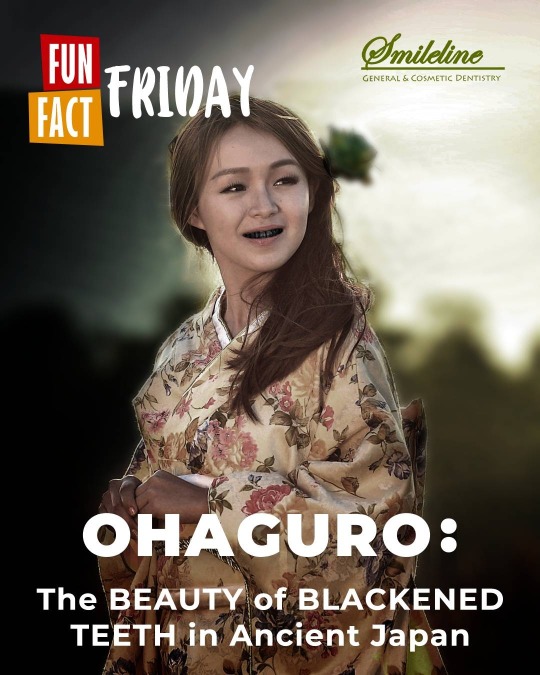
🤓 #FunFactFriday 🤓
Ohaguro: The Beauty of Blackened Teeth in Ancient Japan
#Ohaguro was a practice in #ancient #Japan 🏯👘 where #women would blacken their #teeth as a sign of #beauty and marital status. It was popular among #aristocratic women during the #Heian period (794-1185 AD) and continued into the #Edo period (1603-1868 AD).
The blackening 🖤🦷 process involved applying a special toothpaste made of vinegar and iron filings to the teeth.
#funfactfriday#funfacts#funfactory#dentalfacts#dentalcare#dentistry#FunFactFriday#Ohaguro#ancient#Japan#women#teeth#beauty#aristocratic#Heian#Edo
5 notes
·
View notes
Photo
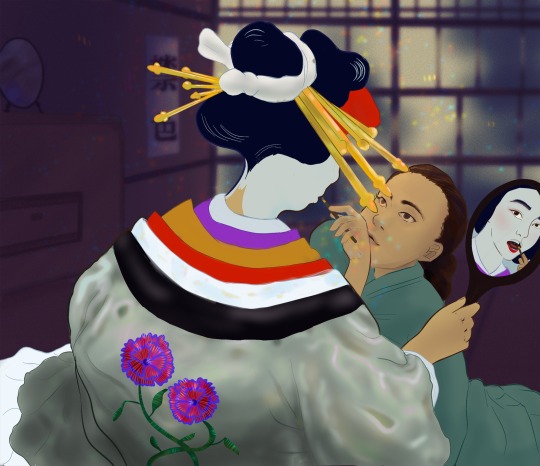
5 notes
·
View notes
Text
youtube
0 notes
Photo

🤓 #FunFactFriday 🤓
Ohaguro: The Beauty of Blackened Teeth in Ancient Japan
#Ohaguro was a practice in #ancient #Japan 🏯👘 where #women would blacken their #teeth as a sign of #beauty and marital status. It was popular among #aristocratic women during the #Heian period (794-1185 AD) and continued into the #Edo period (1603-1868 AD).
The blackening 🖤🦷 process involved applying a special toothpaste made of vinegar and iron filings to the teeth.
#funfactfriday#funfacts#funfactory#dentalfacts#dentalcare#dentistry#FunFactFriday#Ohaguro#ancient#Japan#women#teeth#beauty#aristocratic#Heian#Edo
0 notes
Photo

🤓 #FunFactFriday 🤓
Ohaguro: The Beauty of Blackened Teeth in Ancient Japan
#Ohaguro was a practice in #ancient #Japan 🏯👘 where #women would blacken their #teeth as a sign of #beauty and marital status. It was popular among #aristocratic women during the #Heian period (794-1185 AD) and continued into the #Edo period (1603-1868 AD).
The blackening 🖤🦷 process involved applying a special toothpaste made of vinegar and iron filings to the teeth.
#funfactfriday#funfacts#funfactory#dentalfacts#dentalcare#dentistry#pezdekdentalcare#FunFactFriday#Ohaguro#ancient#Japan#women#teeth#beauty#aristocratic#Heian#Edo
0 notes
Photo

so good with steak @onibibeer #onibibeer #beer #drinklocal #craftbeer #bakeneko #ohaguro #komainu #yuzu #tatarimoke #tatarimokke #blacklager #japan (at Japan) https://www.instagram.com/p/CgJOJ1SOfKC/?igshid=NGJjMDIxMWI=
#onibibeer#beer#drinklocal#craftbeer#bakeneko#ohaguro#komainu#yuzu#tatarimoke#tatarimokke#blacklager#japan
0 notes
Text



Ok so I was able to make Hotori a mini look book. the fits aren't casual but you know what? Neither are they.
148 notes
·
View notes
Quote
I see her sometimes. Or at least, I think I do. Reflected in the windows, her face as wan as mine. But it is always my reflection, the eyes smudged of definition, the mouth blotted in shadow so it looks like there's nothing but blackened teeth.
Cassandra Khaw, Nothing But Blackened Teeth
6 notes
·
View notes
Text
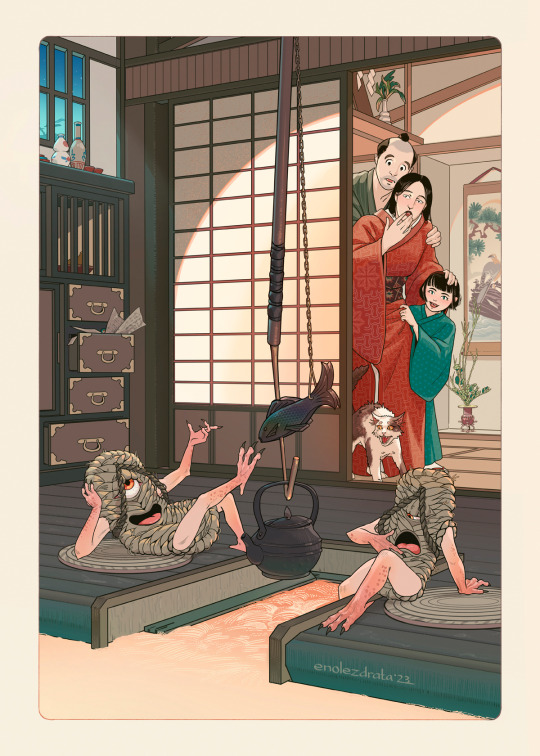

Bakezōri | Ohaguro-bettari
1K notes
·
View notes
Text
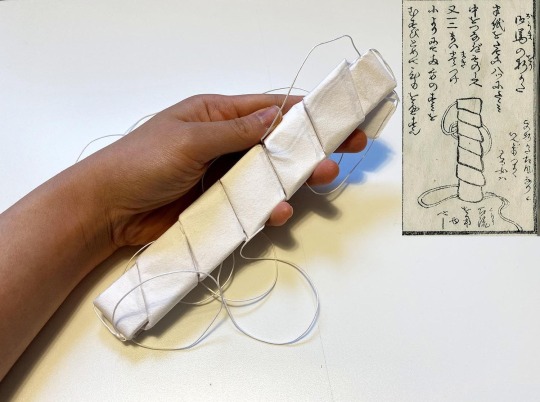
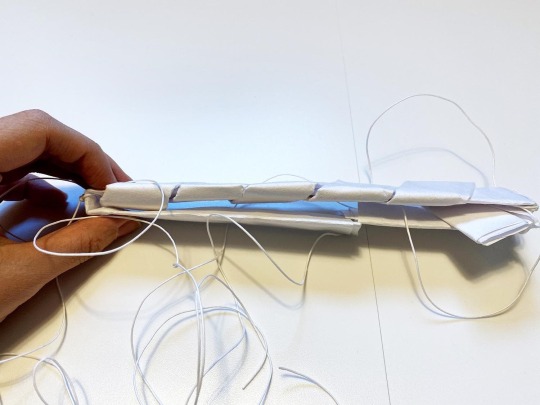
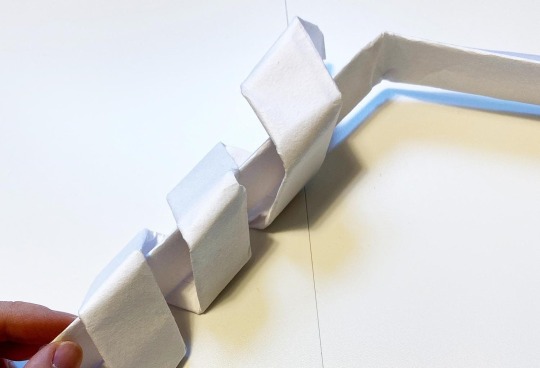
Cw: We are going to talk here about periods, and sex education in the past. Read this note according to your own sensibilities :)
How women dealt with periods during Edo period, article by shunga enthousiast Shungirl who made a paper pad following instructions found in makura bunko 枕文庫 - ie ancient sex books illustrated with erotic ukiyoe.
One of such makura bunko is 渓斎英泉 Keisai Eisen's 閨中紀聞-枕文庫, first published in 1822. It details Chinese remedies recipes for menstrual pains and irregularities, give tips about sex, and information about menstruations and pregnancy. From a modern point of view, some beliefs are outdated, but it was then such a bestseller it went through several reeditions.
Several words were apparently in use during Edo era to designates menstrual period: keisui 経水, gekkei 月経, tsukiyaku 月水, etc.
When girls went throught their first period, their females relatives or nannies would taught them how to deal with them. One method was to use paper as sanitary products (please note people without easy access to paper probably dealt with periods differently).
__________ 御馬 paper pads
Sanitary pads, such as the one recreated above by Shungirl, were then called mima 御馬 (probably as a pun on true "mima" which were then fine horses own by noblemen, or attached to sanctuaries as mounts for gods etc) or simply ouma お馬 ("honorable" horse).
Ouma were made from inexpensive recycled paper called Asakusagami 浅草紙. Sheets were folded 8 times, tied with twisted paper strings (koyori 紙縒), and then wrapped with another layer of folded paper. It was secured once again with paper strings.

Part of the strings could be left long so to tie around the waist, or/and pad was hold into place by wearing fundoshi 褌 loincloth (which would also help prevent leaking on inner tights).
Asakusagami quality was low (it was also used as toilet paper) so paper pads had to be changed often, meaning you had to fold quite a lot of them to go through your period!
Shungirl folded the pad above following instructions found in the book 実娯教絵抄, which provided several other "models":

__________ 詰め紙 paper tampons
Another method for dealing with periods were tampon-like paper bundles which were inserted into the vagina, the 詰め紙 (tsumeshi? I am not sure of the reading).
This method may have first appeared in red-light districts (?). Beside its use for periods, prostitutes also used those tampons as method of contraception (OP has an interesting article on this subject).
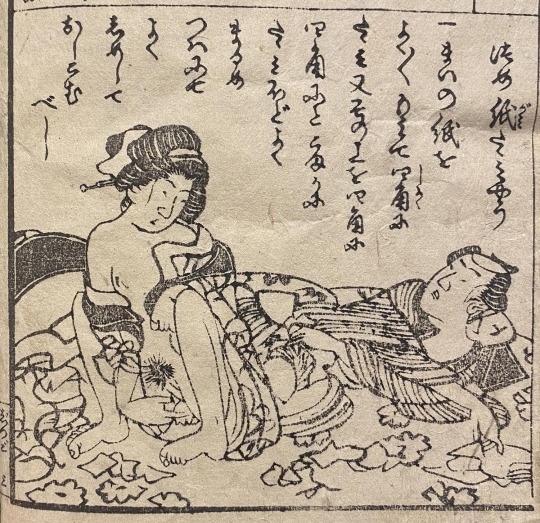
By the end of Edo period and into Meiji, paper tampons were widely used even by women who were not prostitutes - despite voices branding this method as unsanitary.
__________ About girls' coming of age rites
Menarche (first period) was an important milestone for girls, and was celebrated as such via specific rites (shochō o iwau 初潮を祝). Those differed a lot from places to places, and also depended on social status.
Celebrations would concern close family, but often spread to wider community who could received for example a festive meal (sekihan 赤飯) for the occasion (some Edo era senryû poems stress how mortifying this publicity could be!).
Interestingly, some traditions were also pretty sweet: in some places, mothers would sew 3 stiches into their daughter's underskirt (koshimaki 腰巻き) as a good luck charm, hoping their periods would last only 3 days <3
Those rites were part of coming of age traditions (seijoshiki 成女式) which marked the start of a young woman adulthood. Another example is the blackening of teeth (ohaguro お歯黒) which usually started around 16-17 years old.
Celebrating menarche publicly was a way of advertising that the girl was no longer a child and would "soon" be a bride. Yet, if menarche often took place around 13-14 years old, in reality it was somehow unusual to have girls married so soon!
Before marriage, especially in non-noble/samurai families, young women often started their sexual life via flings or yobai 夜這い ("night crawling" ie pseudo-secret nighttime encounters) before any wedding actually took place.
#cw: periods#cw: sex mention#japan#japanese history#edo period#edo era#periods#sex education#sex history#sanitary pads#tampons#paper pads#ouma#mima#paper tampons#tsumeshi#coming of age rites#ressources#references
574 notes
·
View notes
Text

Ohaguro or teeth blackening was a common practice for aristocratic married women in Edo period, Japan and some men followed it too. There were a couple reasons for the trend, first being that richer women were able to afford regular makeup which comprised of a full white face as pale skin was considered beautiful.
With the absence of dental care, teeth were subject to appearing misshapen, discoloured so it was found prudent to blacken them. It was supposed to act as a cover for any dental imperfections that would otherwise stand out due to the white paint. It was also said to be a protective agent. Conversely, the look of rotten teeth were quite fashionable as it showed how many sweets wealthy women could afford to eat.

Considering Akemi, she doesn't fit the aristocratic beauty standard either. The Shogun's representatives called her "too old" with "a few good uses left." Aristocratic women, especially aspired to be plumper as it represented wealth and Akemi is a lot leaner by that standard. So in the show's cultural context, Akemi should've been glad to have her teeth blackened as her title rose to "Lady", she became wife in the Shogun's family and attained her ultimate mark of womanhood. To be ideal enough to be chosen as a wife to the Shogun's son.
This is where Akemi's individuality and wisdom falls in, she doesn't mind presenting herself beautifully and being feminine, however there is fine line between being forced to perform as a woman and doing it out of her own volition. With Taigen, Goro, Watari, Mizu and eventually Takayoshi, Akemi uses her feminine charm willingly. Being demure, appearing harmless, sweet and sexually inviting to get something out of the interaction.

She uses feminine talents like poetry, flattery and wit but not witty enough to make the man feel less than. However, at the time of arranging her marriage with the Shogun's son, Akemi was blindsided. She wanted to stay close to home, had apprehension against being raped/used/forcibly impregnated by the Shogun's son who was said to be a sadistic tyrant who likely killed his first wife for not being "wifely (read submissive) enough."
Of course Akemi was reluctant to blacken her teeth because it would be like being officially branded as a commodity. Thankfully, Takayoshi turned out to not be a brute and Akemi is more confident about her position in her new family.

It's ironic that out of all the "men," Akemi used her charms against, Mizu is the only one who saw through it. Likewise, Mizu couldn't uphold her ruse of tough masculinity with Akemi who told Mizu that "youre not the killer you pretend to be" and "your face isn't even so scary, you're just angry."
Which is a HUGE flip from how vicious the men get. Hachi with the gun, Taigen, Shindo, Hamata, the Four Fanged, the Thousand Clawed completely bought how manly she was, resorting to name calling and dirty tricks because they felt insecure. It means something to me that Akemi, pinpointed Mizu's disposition without seeing her naked, unlike Ringo. And Mizu found Akemi's weak spots without having her in a position of sexual engagement, like Taigen or Takayoshi
#blue eye samurai#mizu blue eye samurai#akemi blue eye samurai#blue eye samurai mizu#bes akemi#akemizu#mizu#mizu x akemi#taigen blue eye samurai#mizemi#ringo blue eye samurai#netflix blue eye samurai#bes netflix
343 notes
·
View notes
Note
What do you think. Of ink’s teeth being stained black from all the paint he drinks ? ?
like ohaguro.......that sounds so neat actually
40 notes
·
View notes
Text
Thinking about the comment my friend made about Ganondorf seeming much happier as the Demon King than he did as a human in his official renders, him flashing those blackened fangs of his in his big, toothy grins, and the practice of ohaguro once considered a rite of passage for aristocratic teens.
Him challenging the eternal childhood and well-meaning paternalism offered by Rauru's rule by adopting these physical markers of inhumanity and adulthood. But also becoming a gender-aberration by taking Sonia's place in his inner circle, not immediately trying to replace Rauru as "family patriarch" of the nation, and how ohaguro was more often associated with young ladies reaching maturity than young men in the popular consciousness, even though both performed the practice to varying degrees as it became more associated with the upper classes.
Like...there's a lot going on with gender, transformation, and a sort of divine coming-of-age or metamorphosis with Ganon, especially since this isn't the first time he regarded his human form as an awkward larval stage he was eager to shed, but I don't know enough to make a coherent picture.
80 notes
·
View notes

